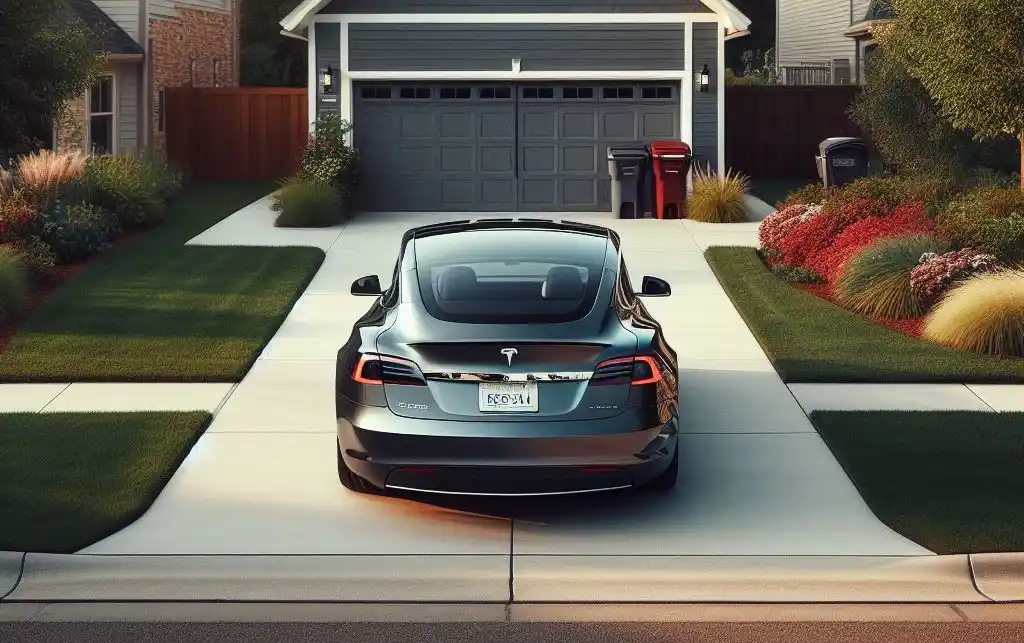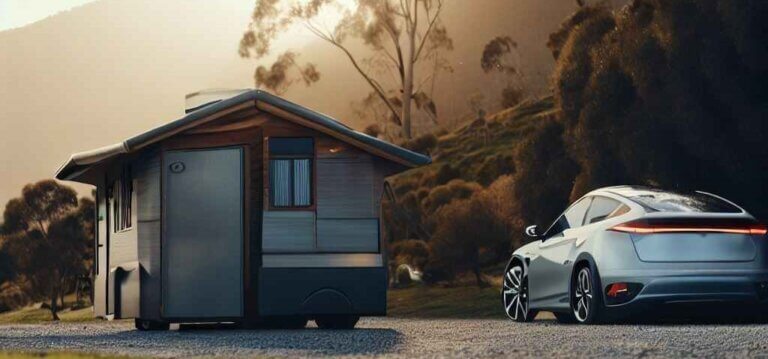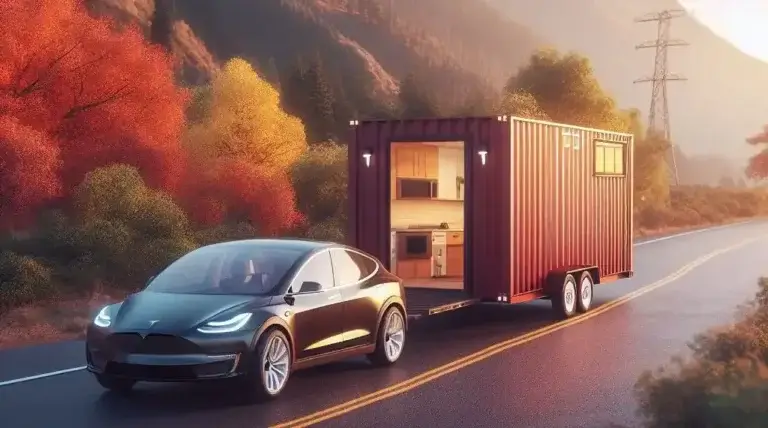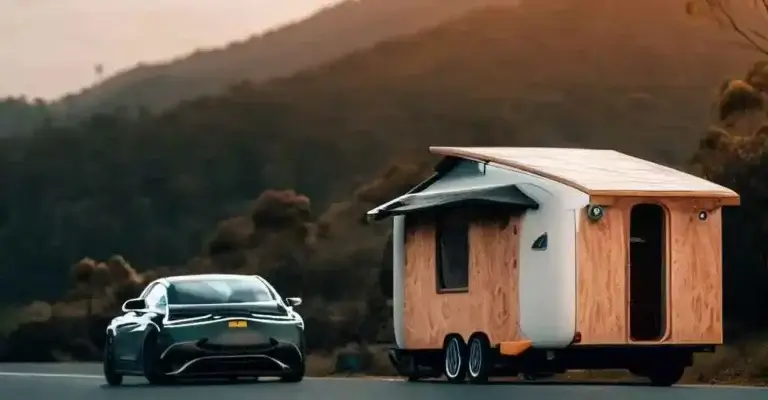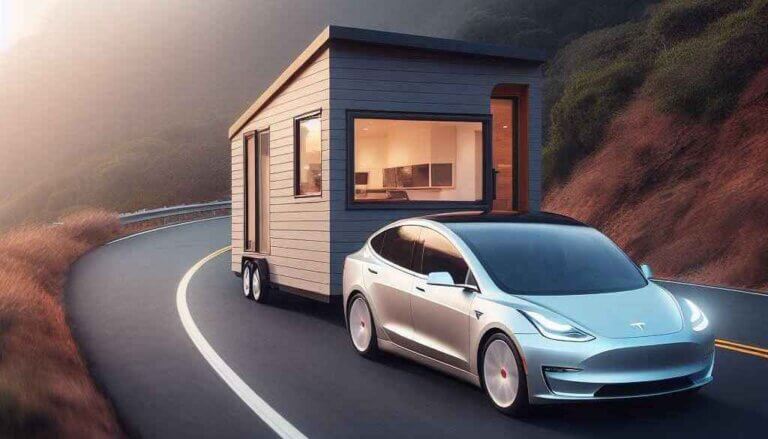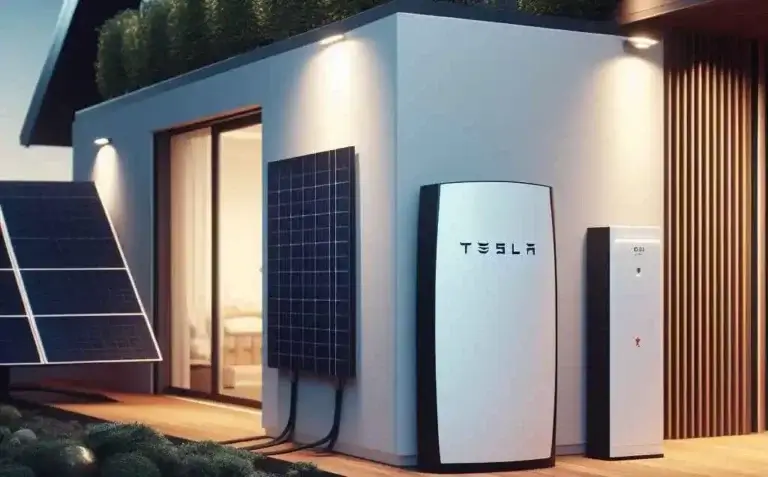JuiceBox vs Tesla Charger: Choosing the Right Charger for Your Electric Vehicle
Choosing the right charger for your electric vehicle (EV) can be overwhelming, especially with so many options available. Two popular choices are the Tesla Wall Connector and the Enel X JuiceBox. This article will break down the key differences between JuiceBox vs Tesla Charger, helping you decide which one best suits your needs.
Table of Contents
Tesla Wall Connector vs. JuiceBox: A Quick Overview
Both the Tesla Wall Connector and JuiceBox are Level 2 EV chargers, meaning they can significantly reduce your charging time compared to a standard Level 1 charger. However, they have some key differences to consider:
- Brand: The Tesla Wall Connector is manufactured by Tesla, while Enel X makes the JuiceBox.
- Compatibility: The Tesla Wall Connector is specifically designed for Tesla vehicles, whereas the JuiceBox is compatible with all EVs using the J1772 charging standard.
- Features: Both offer smart features like scheduling and monitoring, but the Tesla Wall Connector may have additional Tesla-specific functionalities.
What is a Tesla Wall Connector?
The Tesla Wall Connector is a Level 2 EV charger designed and manufactured by Tesla for use with Tesla vehicles. It typically comes bundled with the purchase of a Tesla and offers several benefits:
- Fast charging: It can deliver up to 48 amps of power, significantly reducing charging time compared to a standard Level 1 charger.
- Seamless integration: It integrates seamlessly with the Tesla mobile app, allowing you to monitor charging progress and schedule charging sessions remotely.
- Weatherproof design: It is built for both indoor and outdoor use.
What is a JuiceBox?
The JuiceBox is a Level 2 EV charger manufactured by Enel X. Unlike the Tesla Wall Connector, it is compatible with all EVs that use the J1772 charging standard, including Tesla models (with an adapter). Here are some of its key features:
- Universal compatibility: It can charge any EV on the market today, making it a versatile choice for multi-brand households.
- Smart features: It offers various smart features like scheduling, charging history tracking, and energy usage monitoring through the Enel X app.
- Multiple options: JuiceBox comes in various models with different amperage ratings (32 amp and 40 amp) to suit your needs and budget.
Charging Speed: How Fast Can Each Charger Charge Your Tesla?
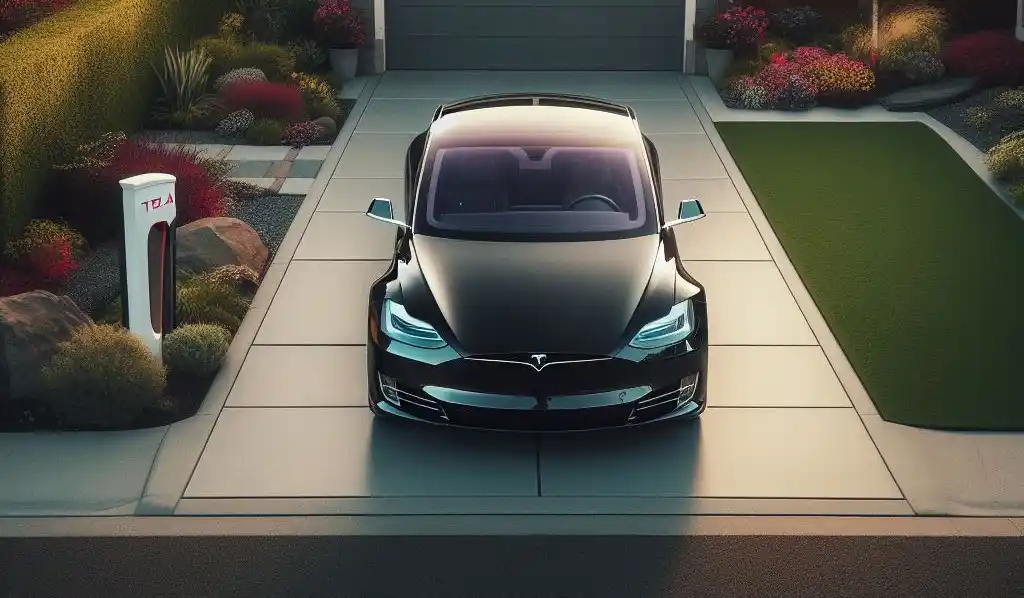
Both the Tesla Wall Connector and JuiceBox can significantly reduce charging time compared to a Level 1 charger. However, their charging speeds differ:
- Tesla Wall Connector: Depending on the model and your Tesla model, it can deliver up to 48 amps of power, fully charging a Tesla Model 3 in as little as 6 hours.
- JuiceBox: The standard JuiceBox comes in 32 amp and 40 amp options. A 32 amp JuiceBox can fully charge a Tesla Model 3 in around 7-8 hours, while a 40 amp JuiceBox can potentially do it in under 6 hours.
It’s important to note that charging speed also depends on your home’s electrical system and the battery capacity of your specific Tesla model.
Features and Functionality: Smart Features and Connectivity
Both the Tesla Wall Connector and JuiceBox offer smart features for added convenience:
- Tesla Wall Connector: Allows control and monitoring through the Tesla mobile app, including scheduling charging, setting charging limits, and receiving notifications.
- JuiceBox: Offers a wider range of smart features through the Enel X app, including real-time energy usage monitoring, remote control and scheduling, compatibility with smart home systems, and integration with energy providers for potential cost savings.
While the Tesla Wall Connector offers Tesla-specific features, the JuiceBox provides broader functionality and potential integration with other smart home devices and services.
Compatibility: Which EVs Can Each Charger Power?
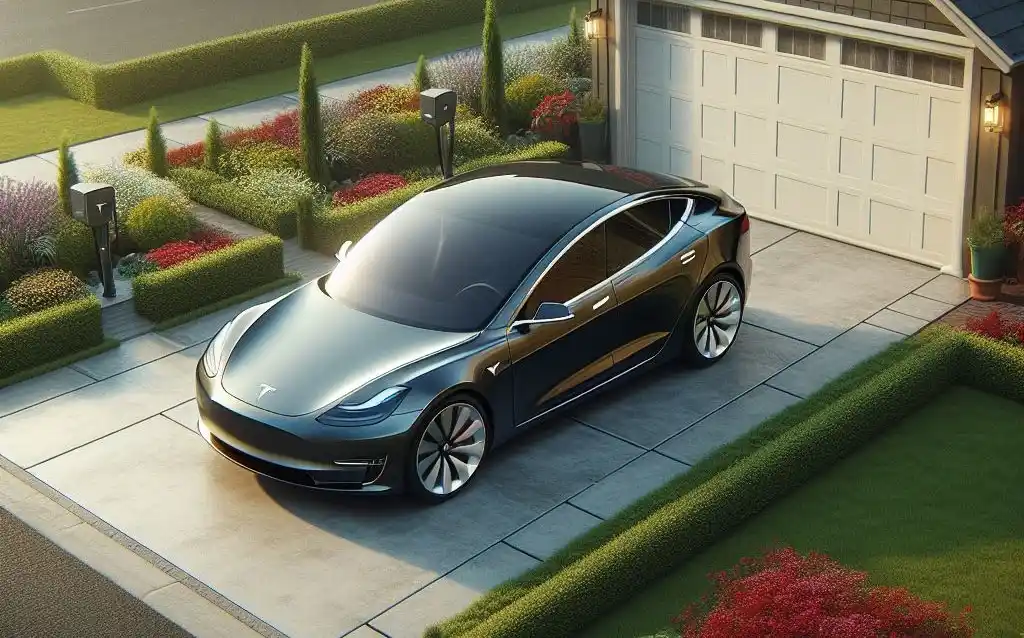
A key difference between these chargers lies in their compatibility:
Tesla Wall Connector:
- Designed specifically for Tesla vehicles.
- Requires a Tesla-provided adapter for other EVs using the J1772 charging standard. This adapter is readily available for purchase from Tesla.
JuiceBox:
- Universally compatible with all EVs using the J1772 charging standard, including:
- Tesla models (with a J1772 adapter)
- Nissan Leaf
- Chevrolet Bolt EV
- Ford Mustang Mach-E
- Hyundai Kona Electric
- Kia Niro EV
- And many more
This broader compatibility makes the JuiceBox a versatile choice for households with multiple EVs from different manufacturers or for individuals who may consider switching to another brand in the future.
Installation: Ease of Installation and Cost
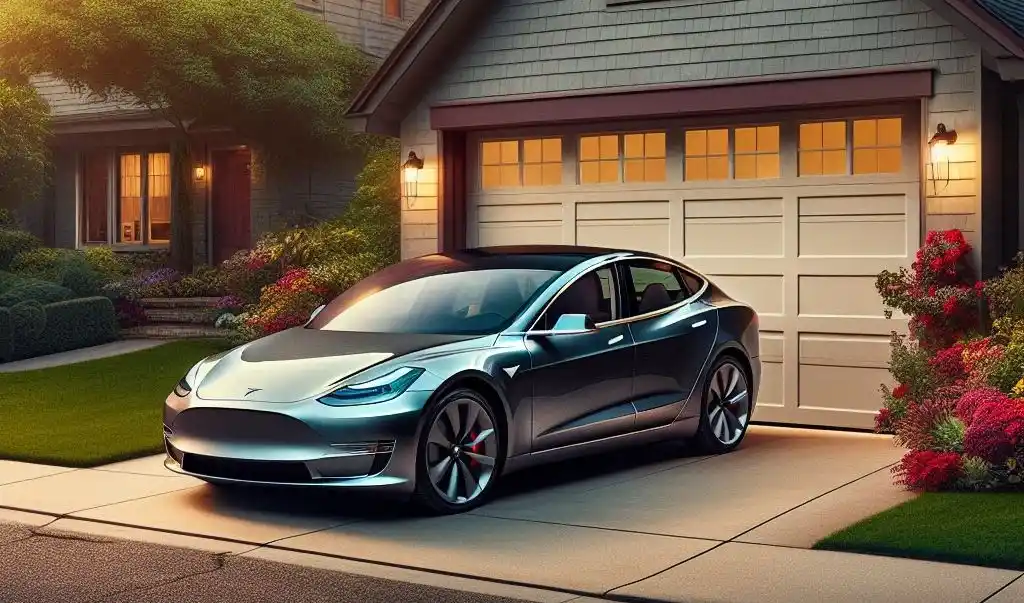
Tesla Wall Connector:
- Installation: Requires qualified electrician installation due to its high power output.
- Cost: While the exact cost can vary depending on your location and electrician fees, the Tesla Wall Connector itself typically costs more than comparable JuiceBox models.
JuiceBox:
- Installation: This can be either professionally installed or self-installed depending on the model and your electrical knowledge.
- The 32 amp plug-in model allows for self-installation if you have a compatible NEMA 14-50 outlet.
- The 40 amp hardwired model typically requires professional installation.
- Cost: Generally less expensive than the Tesla Wall Connector, especially considering potential self-installation savings for the plug-in model.
Additional Factors to Consider: Weight, Design, and Warranty
Weight:
- Tesla Wall Connector: Heavier due to its higher power output.
- JuiceBox: Lighter and more compact, making it easier to maneuver and potentially mount in tighter spaces.
Design:
- Tesla Wall Connector: Sleek and minimalist design that complements Tesla vehicles.
- JuiceBox: Offers various designs and colors to suit different aesthetic preferences.
Warranty:
- Tesla Wall Connector: Typically comes with a 1-year warranty.
- JuiceBox: Offers a 3-year warranty, giving you longer peace of mind.
Tesla Superchargers vs. Home Chargers
While both Tesla Wall Connector and JuiceBox are excellent for home charging, Tesla also offers a network of high-speed DC fast chargers called Superchargers. These are ideal for long-distance travel, offering significantly faster charging times compared to Level 2 home chargers. However, Superchargers are not intended for regular use, as frequent fast charging can degrade your battery’s health over time.
The Verdict: Tesla Wall Connector vs. JuiceBox
The best choice for you ultimately depends on your individual needs and priorities. Here’s a quick summary to help you decide:
Choose the Tesla Wall Connector if:
- You own a Tesla and prioritize seamless integration with the Tesla ecosystem.
- You prioritize the fastest possible charging speed for your Tesla (assuming your home electrical system can support it).
- You prefer a sleek and minimalist design that complements your Tesla.
Choose the JuiceBox if:
- Do you own an EV other than a Tesla or plan to switch brands in the future?
- You prefer a wider range of smart features and potential integration with other smart home devices or services.
- You value a lower cost and potentially self-install options.
- You prioritize a longer warranty.
Ultimately, both the Tesla Wall Connector and JuiceBox are excellent options for home EV charging, offering different features and benefits to suit various needs and budgets. Carefully consider your specific requirements and weigh the pros and cons of each option before making your decision.
Conclusion: Juicebox vs Tesla charger
Choosing the right charger for your electric vehicle involves considering several factors, including compatibility, charging speed, features, cost, and installation ease. Both the Tesla Wall Connector and JuiceBox offer compelling options, and the best choice for you depends on your individual needs and priorities.
If you primarily own a Tesla and prioritize seamless integration and fast charging, the Tesla Wall Connector might be the better choice. However, if you own a non-Tesla EV, value broader compatibility, additional features, and potentially lower cost, the JuiceBox could be a more suitable option.
Ultimately, a well-informed decision is key to finding the ideal EV charger that meets your specific needs and keeps your electric vehicle conveniently charged and ready to go.
FAQs: Juicebox vs Tesla Wall Charger
Q: Do I need a special permit to install a home EV charger?
A: Permitting requirements for home EV charger installations can vary depending on your local regulations. It’s recommended to check with your local building department or electrician to confirm any necessary permits.
Q: Can I use a standard outlet to charge my Tesla?
A: While technically possible, it is not recommended to use a standard 120V outlet for regular charging due to the slow charging speed and potential safety hazards. Level 2 chargers like the Tesla Wall Connector or JuiceBox offer significantly faster and safer charging options.
Q: Can I use a Tesla Wall Connector on a non-Tesla EV?
A: No, the Tesla Wall Connector requires a Tesla-provided adapter for other EVs to use the Tesla proprietary connector.
Q: Can I use a JuiceBox to charge a Tesla?
A: Yes, you can use a JuiceBox to charge your Tesla with a readily available J1772 adapter.
Q: Which charger is more energy-efficient?
A: Both the Tesla Wall Connector and JuiceBox are designed to be energy-efficient. However, the specific energy efficiency depends on various factors, including charging speed, your local energy mix, and your charging habits.
Q: Where can I find more information about EV chargers?
A: Several resources are available to learn more about EV chargers, including manufacturer websites, government agencies (e.g., Department of Energy), and online resources focused on electric vehicles.
By considering these aspects and questions, you can confidently choose the best charger to power your electric vehicle and enjoy the convenience and environmental benefits of electric car ownership.

